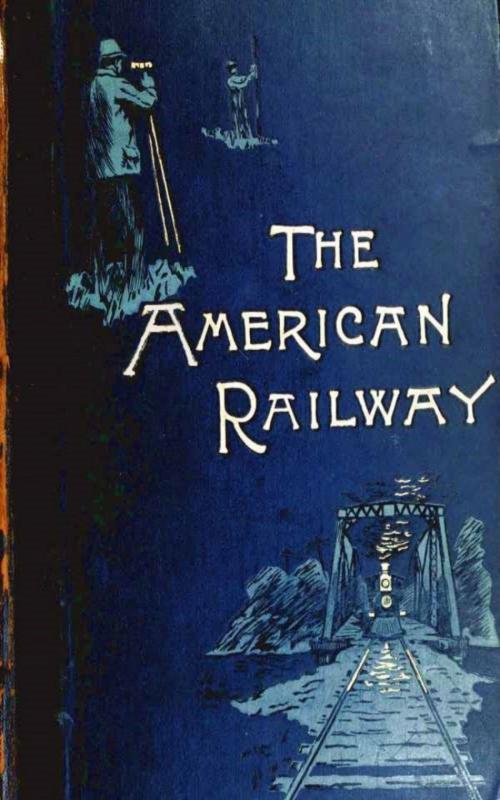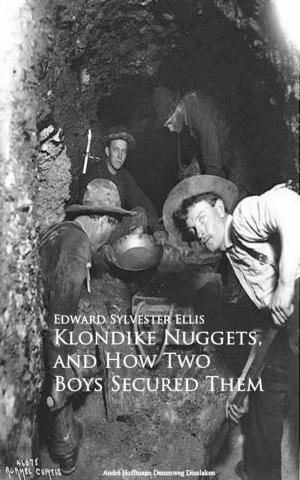The American Railway, its Construction, Development, Manage - Theodore Voorhees
Nonfiction, Art & Architecture, Architecture, History| Author: | Bogart Thomas Curtis Clarke | ISBN: | 9783736420021 |
| Publisher: | anboco | Publication: | June 16, 2017 |
| Imprint: | Language: | English |
| Author: | Bogart Thomas Curtis Clarke |
| ISBN: | 9783736420021 |
| Publisher: | anboco |
| Publication: | June 16, 2017 |
| Imprint: | |
| Language: | English |
The railroads of the United States, now aggregating a hundred and fifty thousand miles and having several hundred different managements, are frequently spoken of comprehensively as the railroad system of the country, as though they constituted a unity in fact, and might be regarded and dealt with as an entirety, by their patrons and by the public authorities, whenever the conveniences they are expected to supply, or the conduct of managers and agents, come in question. So far, however, is this from being the case, that it would be impossible to name any other industrial interest where the diversities are so obvious and the want of unity so conspicuous and so important. The diversities date from the very origin of the roads; they have not come into existence under the same laws nor subject to the same control. It was accepted as an undoubted truth in constitutional law from the first that the authority for the construction of railroads within a State must come from the State itself, which alone could empower the promoters to appropriate lands by adversary proceedings for the purpose. The grant of corporate power must also come from[xxii] the State, or, at least, have State recognition and sanction; and where the proposed road was to cross a State boundary, the necessary corporate authority must be given by every State through or into which the road was to run. It was conceded that the delegated powers of the General Government did not comprehend the granting of charters for the construction of these roads within the States, and even in the Territories charters were granted by the local legislatures. The case of the transcontinental roads was clearly exceptional; they were to be constructed in large part over the public domain, and subsidies were to be granted by Congress for the purpose.
The railroads of the United States, now aggregating a hundred and fifty thousand miles and having several hundred different managements, are frequently spoken of comprehensively as the railroad system of the country, as though they constituted a unity in fact, and might be regarded and dealt with as an entirety, by their patrons and by the public authorities, whenever the conveniences they are expected to supply, or the conduct of managers and agents, come in question. So far, however, is this from being the case, that it would be impossible to name any other industrial interest where the diversities are so obvious and the want of unity so conspicuous and so important. The diversities date from the very origin of the roads; they have not come into existence under the same laws nor subject to the same control. It was accepted as an undoubted truth in constitutional law from the first that the authority for the construction of railroads within a State must come from the State itself, which alone could empower the promoters to appropriate lands by adversary proceedings for the purpose. The grant of corporate power must also come from[xxii] the State, or, at least, have State recognition and sanction; and where the proposed road was to cross a State boundary, the necessary corporate authority must be given by every State through or into which the road was to run. It was conceded that the delegated powers of the General Government did not comprehend the granting of charters for the construction of these roads within the States, and even in the Territories charters were granted by the local legislatures. The case of the transcontinental roads was clearly exceptional; they were to be constructed in large part over the public domain, and subsidies were to be granted by Congress for the purpose.















